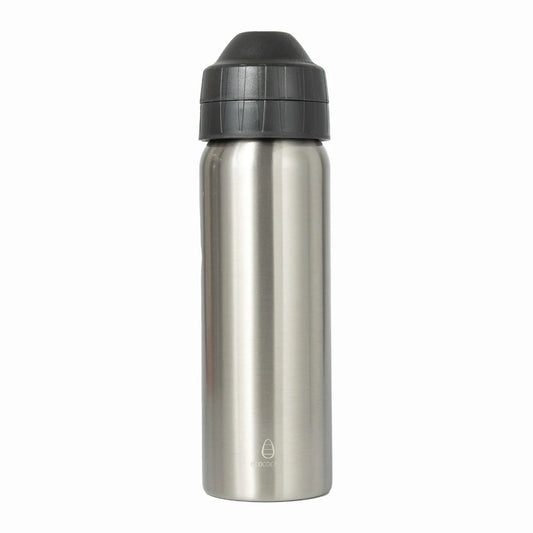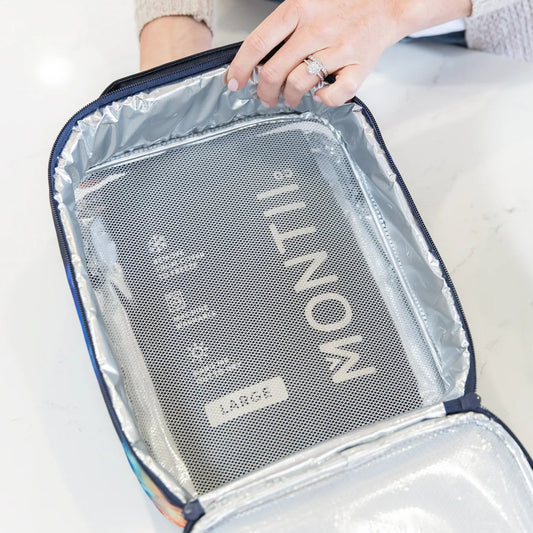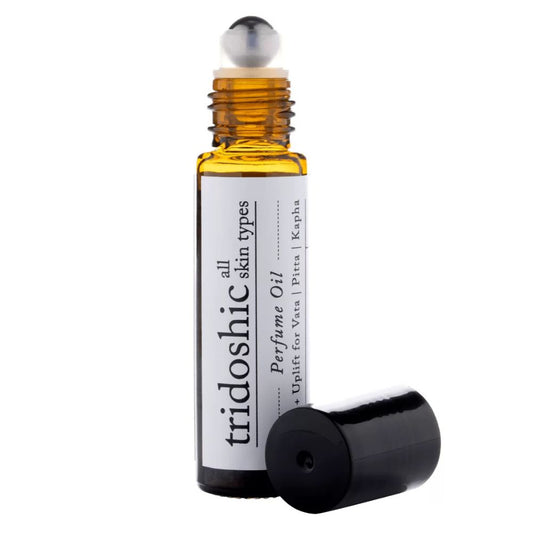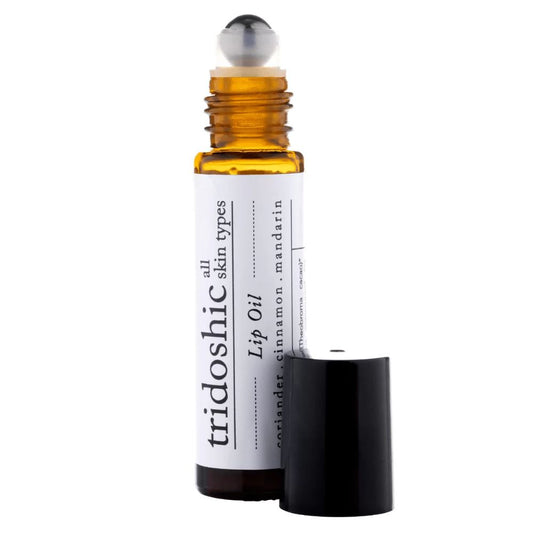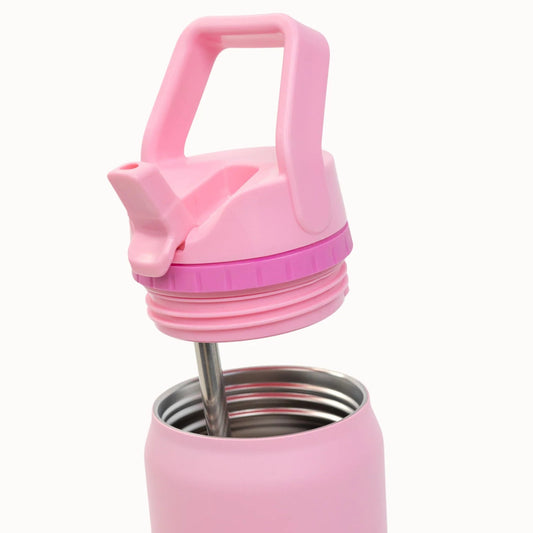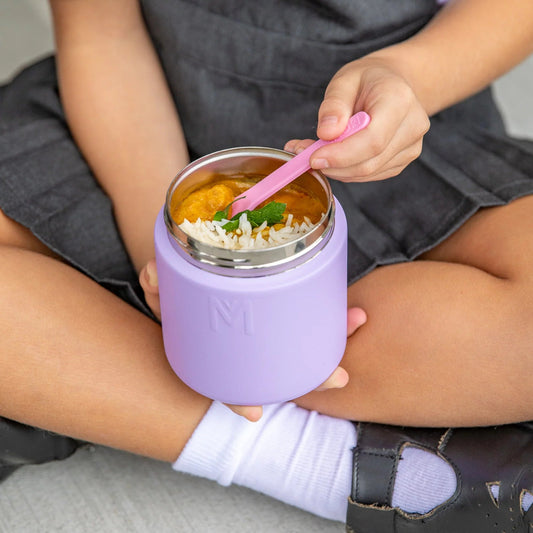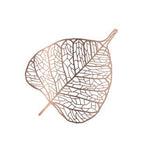
If I found holes in my woollen jumpers in the wardrobe, here's what I would do to stop the damage, fix what I can, and prevent it from happening again.
These steps apply for holes in any natural fibre clothing like wool, silk, cashmere, linen. Find a long list of clothing and accessories that are vulnerable to moth damage at the end of this article. For wool carpet help go here.
🐛 Step 1: Identify the culprit
Holes in wool are most likely caused by clothes moths, especially their larvae. You might not see them, but look for:
- Silky webbing or cocoon-like cases stuck to clothes
- Tiny white larvae or adult moths (small, beige, and slow-flying)
🧼 Step 2: Isolate & inspect
- Remove all wool, silk, cashmere, and other natural fibres from the wardrobe.
- Check each item carefully for signs of damage or larvae.
🌡️ Step 3: Treat the affected items
- Freeze method: Place jumpers in a sealed bag and freeze for 72 hours to kill larvae and eggs. BONUS TIP: I also freeze all my pantry staples when I bring them home from the supermarket (flour, grains, etc) to kill pantry moths.
- Hot wash if the fabric allows (check care label especially for woollens).
- Dry clean as an alternative.
🧽 Step 4: Clean the wardrobe thoroughly
- Vacuum every corner, crevice, and shelf—especially where woollens were stored.
- Wash all surfaces with soapy water or a vinegar solution.
- Empty vacuum contents immediately afterward.
🛡️ Step 5: Prevent future infestations
- Store clean: Moths are attracted to body oils, food spills, and skin flakes. Wash items before storing.
- Use airtight containers or zippered garment bags for out-of-season clothes.
- Add natural moth repellents like cedarwood, lavender, or cloves (see list below).
- Use sticky pheromone traps to monitor any returning moths. These sticky moths traps are not cruelty free, but are a toxin free help for hard core infestations.
🧵 Step 6: Repair if possible
- For small holes, consider darning, needle felting, or even visible mending for a stylish patch-up.
- You can also take your garment to a skilled mender to bring it back to life.
Top natural moth repellents
Here are the best natural ways to keep moths away from wool, silk, and other natural fibres without harmful chemicals or plastic:
🪵 Cedarwood
A time-tested moth repellent that smells earthy and clean.
- Use blocks, balls, rings, or sachets.
- Refresh by lightly sanding or adding a few drops of cedarwood essential oil.
🌿 Lavender
Moths hate it, we love it.
- Pop a few lavender sachets in drawers or on hangers.
- Use lavender oil on cotton pads or as part of a natural wardrobe spray.
🌲 Huon Pine
A uniquely Australian option!
- Sustainably harvested from fallen Tasmanian trees.
- Known for its powerful natural oils that repel moths and silverfish.
- Use Huon pine shavings in bags tucked among clothes.
🌿 Peppermint
Cool, fresh, and uninviting to moths and spiders.
- Add peppermint oil to cotton balls or homemade sachets.
- Great for refreshing the scent of drawers or boxes.
🍃 Eucalyptus
Another Aussie favourite.
- Use dried eucalyptus leaves, oil-infused sachets, or essential oil sprays.
- Moths avoid its strong, fresh aroma.
🌸 Clove
Spicy and strong—a natural deterrent for moths and more.
- Place whole cloves in small breathable bags or sachets.
- Use clove oil on a banksia scent pot.
🌿 Bay Leaves, Rosemary & Thyme
From the pantry to the wardrobe!
- Place dried herbs from your garden in breathable fabric bags.
- Bonus: they smell amazing and deter pests naturally.
Ready-made natural solutions (plastic-free & eco-friendly)
Try these ready-to-use products:
- Red cedar blocks or rings untreated wood and cedar oil top ups
- Naturally scented sachets from eco-conscious makers
- Moth repellent essential oil blends with oils that moths and silverfish hate
Biome offers a curated selection of all these plastic-free natural repellents—made to protect your clothes and your health. No toxic fumes. No mystery chemicals. Just the safe, effective power of nature.
👉 Explore Biome’s Natural Moth Protection range
Use this solution for all kinds of clothing & accessories that are vulnerable to moth damage
- Wool jumpers
- Cashmere sweaters
- Knitted jumpers / knitwear
- Merino tops / merino jumpers
- Wool pullovers
- Wool cardigans
- Wool trousers / suit pants
- Blazers / suit jackets (wool blend)
- Wool coats (including cashmere, alpaca)
- Scarves
- Cashmere Pashmina
- Beanies / wool hats
- Wool blankets & throws
- Shawls / wraps
- Woollen socks
- Gloves / mittens
- Thermals / underlayers (like fine merino tops)
- Wool vests
↠ Got a problem? So did we. Our ‘Help!’ Series shares the real fixes we’ve discovered over 23 years of solving everyday life and eco dilemmas for the Biome community—with honesty, personal experience and care. Find all our Help series here
Related reading
Just because it's for sale does not mean it is safe: The toxic truth about moth balls
Natural Pest Control: How to Repel Pests Using Peppermint Oil
6 Things to Know About Using Clove Oil for Mould Removal


